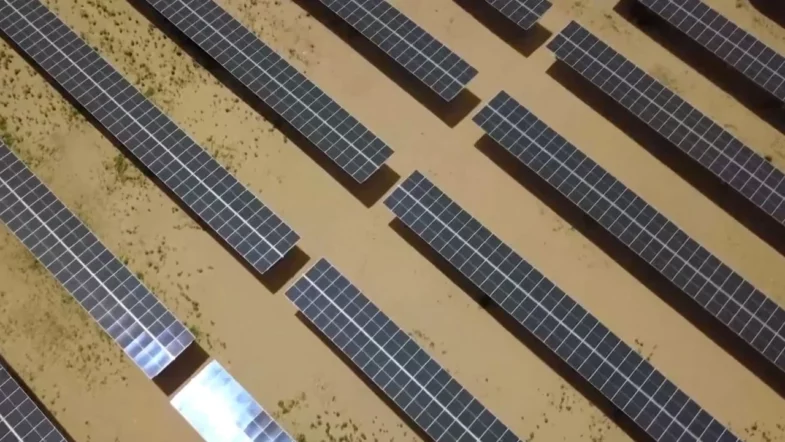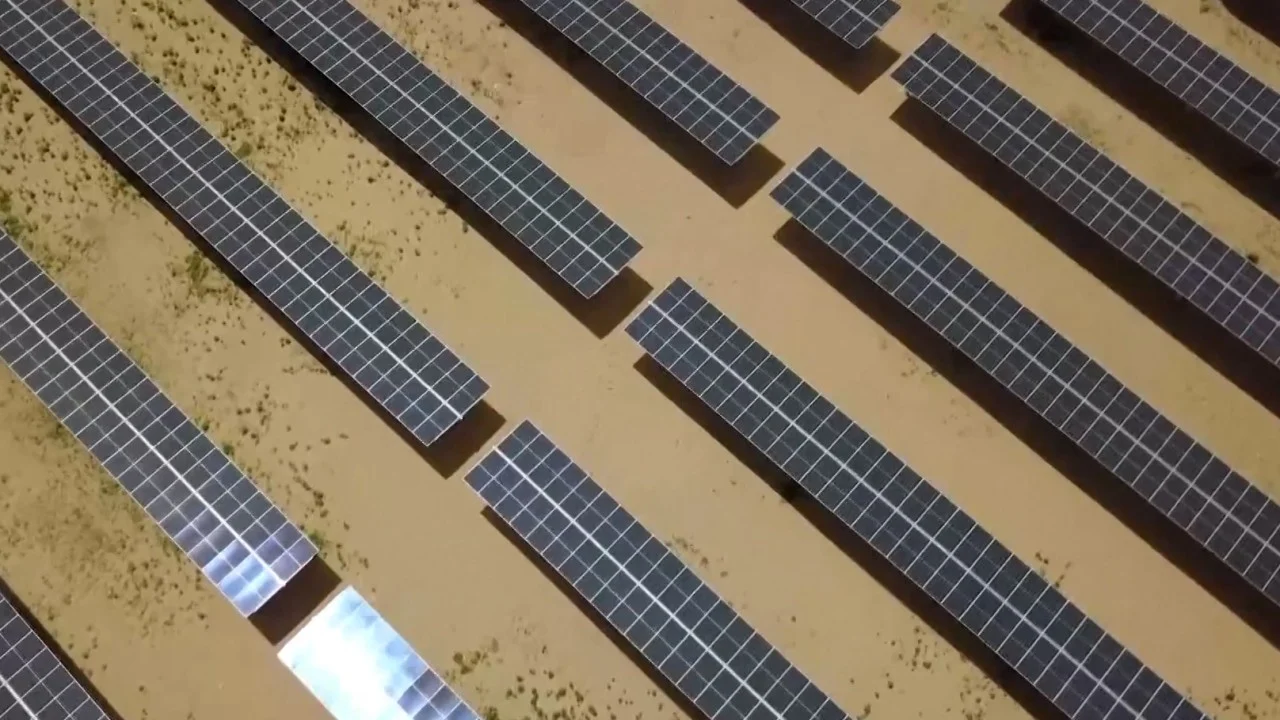The European Green Deal plans that set new energy-saving targets for 2030 were approved by the MEPs after being previously agreed upon with the Council.

The European Green Deal plans that set new energy-saving targets for 2030 were approved by the MEPs after being previously agreed upon with the Council. The law will establish energy-saving targets for the EU’s primary and final energy consumption.
The EU’s member states must cooperate to reduce energy consumption by at least 11.7% by 2030. (compared to the projections of the 2020 Reference Scenario). An effective framework for monitoring and enforcing this goal will be used to ensure that member states fulfil their obligations under this legally binding EU objective.
Member nations must save an average of 1.5% annually by 2030. The annual energy savings will start at 1.3% from the end of 2025 until the end of 2030, and they will increase gradually to 1.9%.
The energy savings targets should be attained through local, regional, and national initiatives in a variety of industries, including public administration, construction, business, and data centres.
MEPs insisted that the programme should pay special attention to the public sector, which is required to cut its annual final energy consumption by 1.9%. Member states should also make sure that every year, at least 3% of public buildings are renovated to become zero-emission or nearly zero-energy structures. Additionally, the directive establishes new specifications for effective district heating systems.
Niels Fuglsang, the report’s author (S&D, DK), said: “There is still a problem with energy. The likelihood of future winters being as mild as the current one is uncertain. We have to implement the required structural changes over the next seven years. I’m thrilled that we were able to persuade member states to adopt much more aggressive energy efficiency goals. This is essential if we are to achieve our climate goals and stop depending on Russian energy in the future. The vote today is a huge victory that is not only good for the environment but also bad for Putin.”
By a vote of 471 to 147 and 17 abstentions, the legislation was approved by the legislature. Now, the Council of Ministers must also approve it before it can go into effect.
In order to meet the new EU goal of a minimum 55% reduction in greenhouse gas (GHG) emissions by 2030, the European Commission adopted the “Fit for 55” package on July 14, 2021.
The package included rewriting the Energy Efficiency Directive (EED) to make sure that its guidelines complied with the new 55% GHG target.
Members of the European Parliament are responding to suggestions made by citizens as a result of the Conference on the Future of Europe’s conclusions by advancing this directive. The energy efficiency directive addresses proposal 3(3), which aims to lessen reliance on oil and gas imports by increasing the availability of clean and renewable energy sources and implementing energy efficiency projects.
The directive is also in line with proposals 3(5) and 3(6), which support research into new environmentally friendly energy sources and storage techniques and the EU’s climate goals respectively. Additionally, it is consistent with proposal 11(1), which encourages businesses to use greener production techniques and assists them in finding the best answers.
